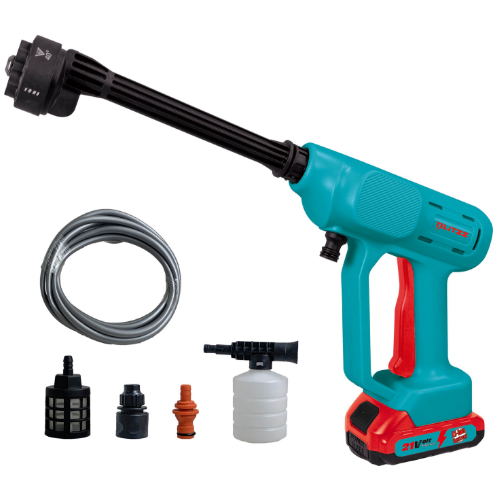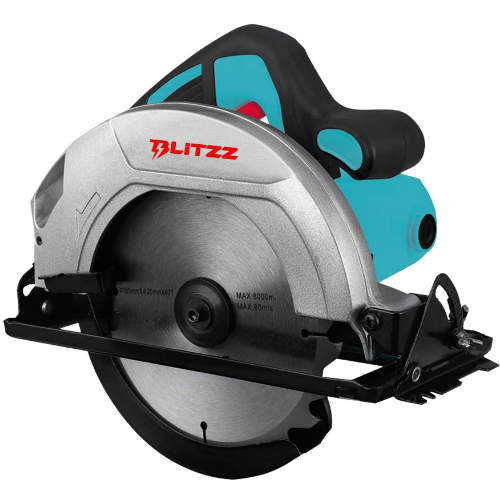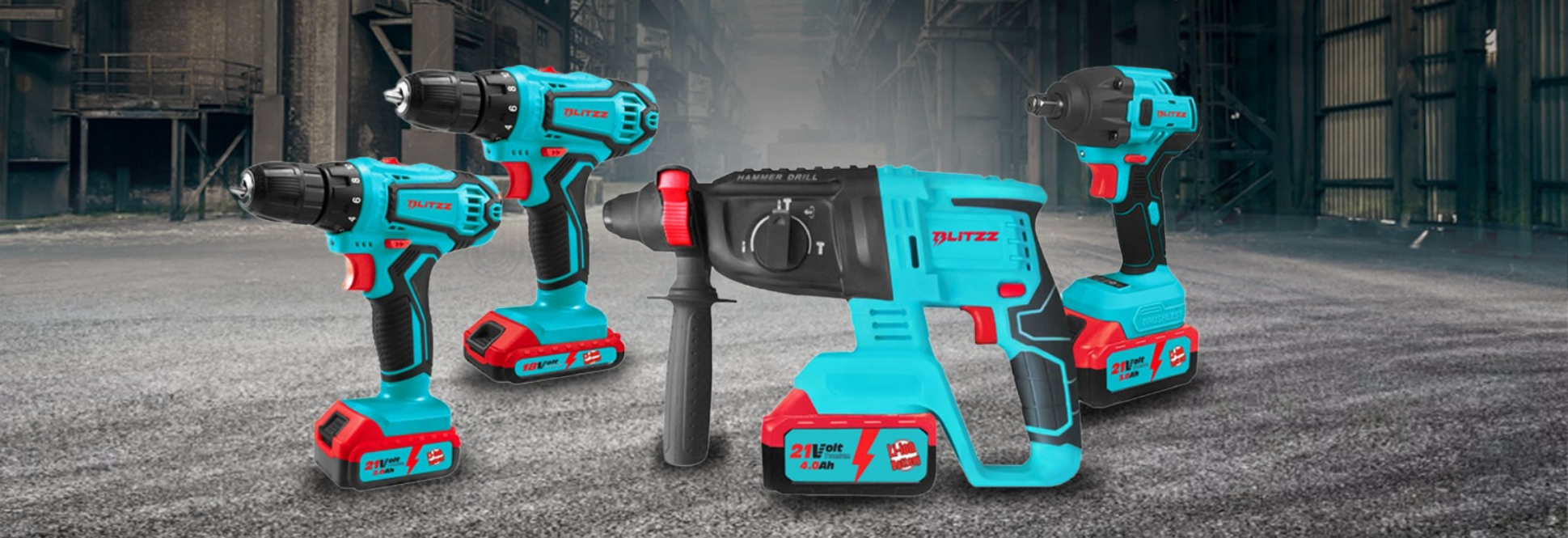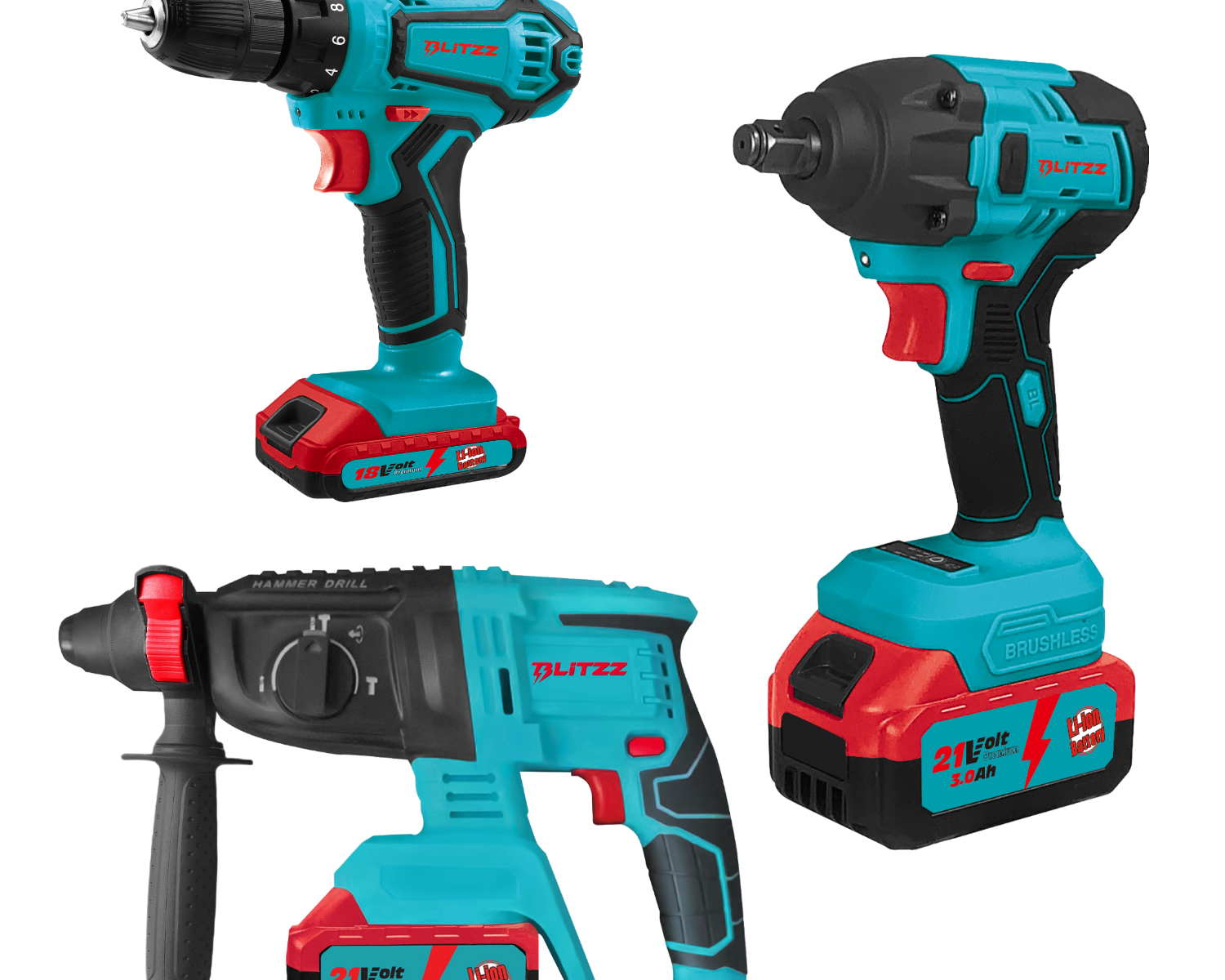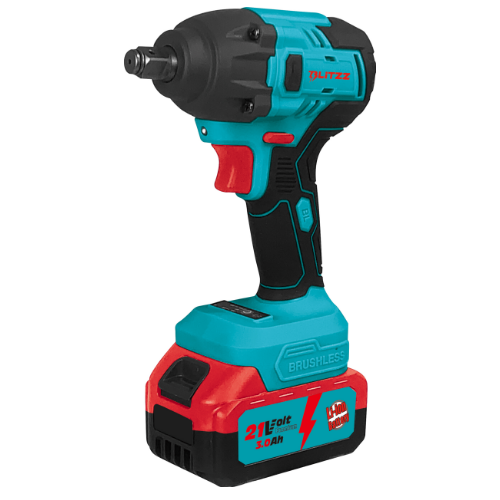Modern cleaning technology has revolutionized outdoor maintenance tasks. A cordless pressure washer offers unique advantages that make cleaning more efficient and convenient. Understanding these benefits helps homeowners and professionals make informed decisions about cleaning equipment.
Enhanced Mobility
With a cordless pressure washer, moving freely while cleaning becomes effortless. Without power cords restricting movement, users can reach challenging areas easily. Improved mobility allows thorough cleaning of large spaces and hard-to-reach spots.
Convenient Operation
Operating a cordless pressure washer eliminates common hassles associated with traditional models. No time was spent untangling cords or finding power outlets. Simple setup and operation save valuable time during cleaning tasks.
Safety Improvements
Reducing tripping hazards makes cleaning safer with cordless pressure washer equipment. Eliminating electrical cords creates a safer working environment. Battery-powered operation removes risks associated with wet electrical connections.
Versatile Applications
A cordless pressure washer adapts easily to various cleaning situations. Portable design allows use in multiple locations without power source concerns. Versatility makes it ideal for both home and professional applications.
Energy Efficiency
Modern cordless pressure washer technology optimizes power consumption. Battery systems provide consistent performance while maintaining efficiency. Advanced power management extends operating time between charges.
Environmental Benefits
Battery-powered cordless pressure washer systems reduce environmental impact. No emissions during operation support eco-friendly cleaning practices. Reduced noise levels benefit residential neighborhoods during cleaning.
Cost Effectiveness
Long-term savings emerge through cordless pressure washer ownership. Eliminating electricity costs during operation reduces expenses. Proper maintenance ensures lasting performance and value.
Consistent Performance
Quality cordless pressure washer equipment maintains steady cleaning power. Battery technology provides reliable pressure throughout cleaning sessions. Consistent performance supports efficient task completion.
Storage Convenience
The compact design makes storing a cordless pressure washer simple. No managing long power cords during storage. Easy storage encourages regular use and maintenance.
Professional Results
Advanced cordless pressure washer technology delivers professional-grade cleaning. Adjustable pressure settings accommodate different cleaning needs. Quality results match or exceed traditional pressure washer performance.
Maintenance Simplicity
Regular maintenance of a cordless pressure washer requires minimal effort. Simple battery care ensures reliable operation. Basic maintenance procedures extend equipment lifespan.
Future Technology
Advanced cordless pressure washer technology continues to improve performance. New battery developments extend operating times. Innovation drives continued improvement in cleaning capabilities.
Proper selection and use of cordless pressure washer equipment ensures satisfaction. Regular maintenance and care maximize equipment benefits and longevity. Understanding available features helps select appropriate models for specific needs.
Conclusion
Investing in a cordless pressure washer provides numerous advantages for cleaning tasks. Convenience, safety, and performance benefits support efficient cleaning operations. Modern technology makes cordless pressure washing an excellent choice for various applications.
